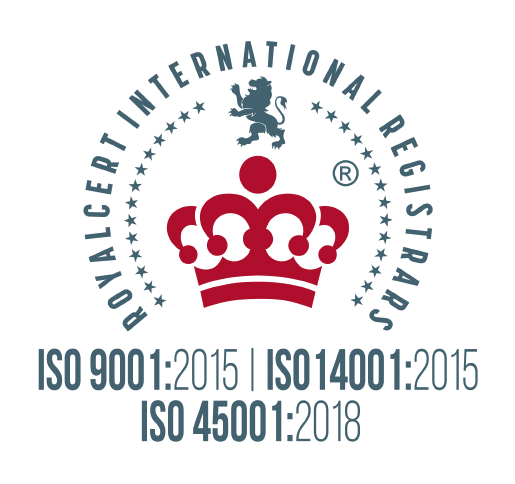
Our accredited analytical laboratory features state-of-the-art analysis technology using
modern instrumentation techniques and provides innovative ad-hoc recommendations
for an efficient maintenance strategy of fuel systems, electrical transformers, and
rotating machinery as well as professional advices for water management plans.






